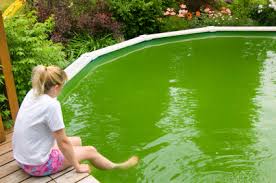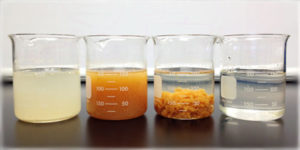Algae Removal
Algae, or more accurately plankton create several problems including:
- algal blooms
- poor coagulation and flocculation
- poor settling characteristics
- various odors and tastes
- some species may by toxic
- whether living or dead can be responsible for bacterial growth
From small inland ponds and lakes to water treatment systems themselves, algae growth doesn’t discriminate. With the right levels of light, temperature and pH—plus the presence of phosphorous and nitrogen in the water—algae will grow freely on the surface of a water system. Algae removal water treatment is the only reliable way to manage this type of growth.
In either lakes or water treatment systems, algae blooms can be a major problem. Over time, as algae grow, it will deprive the body of water in question of oxygen. A lack of oxygen is an issue for lakes because it can slowly choke the life out of the living organisms in the water. Without oxygen, neither fish nor underwater plants can survive. As such, algae can result in the death of fish and plant life, leading to decaying organic matter that leaves the water bodies festering with bacteria and smelling awful.
Ozone is effective at killing microorganisms, including algae, because of its strong oxidizing capabilities targeting the cell membrane. Ozone is also capable of inactivating certain zooplankton, including certain mobile organisms like Notholca caudata. In order to remove such organisms by either flocculation or filtration, they must first be inactivated. The table below illustrates the advantage of inactivation as a preliminary step in the removal of certain types of plankton.



